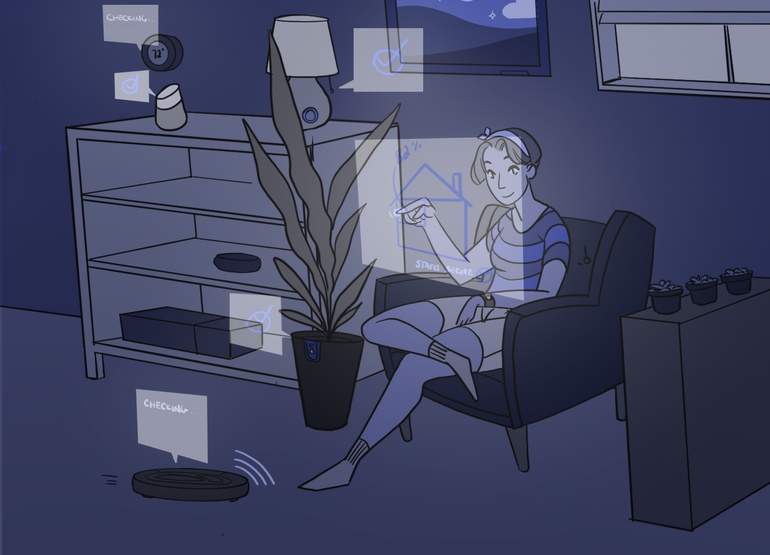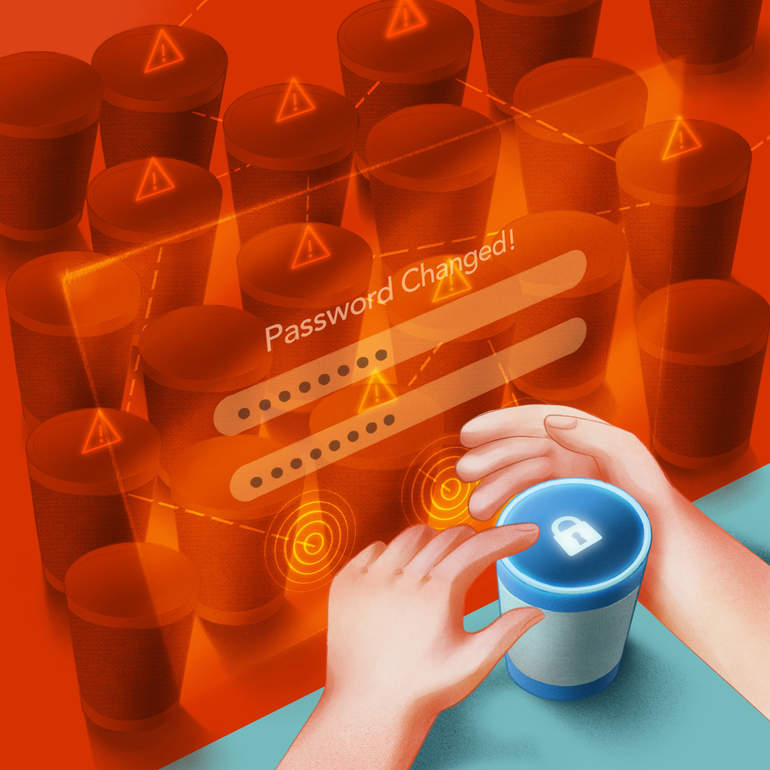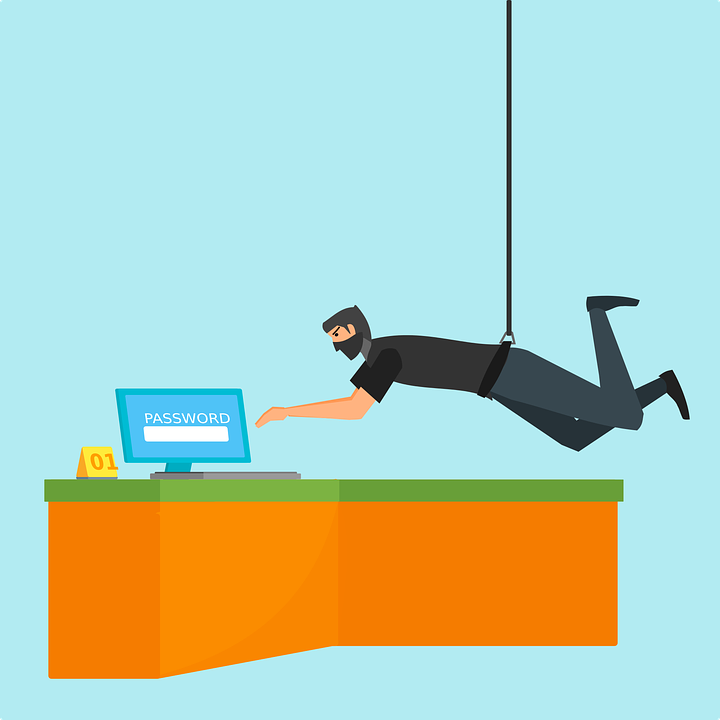

The COVID-19 pandemic is no longer just a global health crisis but one with widespread implications across all sectors of society. We still don’t know how long this crisis will last, but we do know it will change the way we work, travel, study, and interact with each other in the future.
We always hear daily reminders on how to practice proper physical hygiene. But beyond your personal hygiene, have you thought about your “digital hygiene”? Now that the pandemic has also forced us into an unprecedented adoption of new technologies to our daily lives, we need to think about the health of our devices – already an important extension of ourselves.
Just as how we are reminded to wash our hands regularly, 20 seconds at a time, we need to check how “clean” and safe our devices and software are. Digital hygiene is our crucial first line of defence against new and evolving digital threats, such as malicious emails, social engineering, phishing, cyber harassment, hacking accounts and devices, stealing private data, or even worse. In fact, the majority of data breaches and hacks are caused by human error. And with our new reality, there’s been an increase in global cyberattacks during the COVID-19 crisis; for example, malware disguised as a coronavirus map.
We’ll walk you through how to stay safe and healthy against digital viruses, and give you a list of safer alternatives to the usual tools we use for online work.
Now that many of us have switched to remote working from home, it’s time to take closer look at digital hygiene to ensure our online workspace is safe, and that our personal and organisational informations and files are secure. Here’s a checklist of good practices to do before we start work for the day:

What we’ve covered so far are good digital hygiene practices that we can do for ourselves. But working remotely means we might be working with other people who may not be as digitally healthy as us.
Are there collaborative work tools that are safe, trustworthy, and appropriate for remote working? We at EngageMedia have our own recommendations, but this question admittedly has no definitive answer. Tactical Tech’s piece called “Technology is Stupid” puts it best: “The idea that there are tools that would always work for everyone, everywhere; require no extra knowledge and zero additional infrastructure; are fair and just, and protect users at all times, is a dream that has not yet come true.”
But while we don’t yet have the perfect tools that are completely secure and user-friendly, we’re adding on to our recommendations and listing here alternative tools that are good for remote work. We recommend, however, that you read this article to know more about how online tools work and why we should be extra vigilant in the time of COVID-19.

Connecting to the internet is always a risky activity. Online, you are being tracked and your data will never be entirely safe. While there is currently no foolproof way to stay safe online these days, we shouldn’t take digital safety for granted.
When choosing which tools to incorporate into our online workspaces, a good rule of thumb is to review the services privacy policy and check carefully what type of encryption is being employed. Many technology companies and developers are eager to highlight their tools’ encryption abilities. But we should also take note that not all kinds of encryption are created equal, and many of the software we’re accustomed to using are not end-to-end encrypted. For example, the popular video conferencing app Zoom isn’t actually end-to-end encrypted, meaning anyone is capable of spying on your meetings.
At the end of the day, digital security is a subjective concept. What we eventually use for ourselves depends on our respective needs and lifestyles. We have power to draw our boundaries and choose which tools we want to use.
If you find more tools that work for you, tell us about it! We’ll update this post with newer recommendations and security updates as they come. The more that we collectively practice good digital hygiene, the safer we all will be.

Darika Bamrungchok is a Digital Rights Manager (Mekong) at EngageMedia, based in Bangkok. She leads a digital rights and digital safety program in Thailand, and is interested in technology and human rights under modern authoritarian regimes.